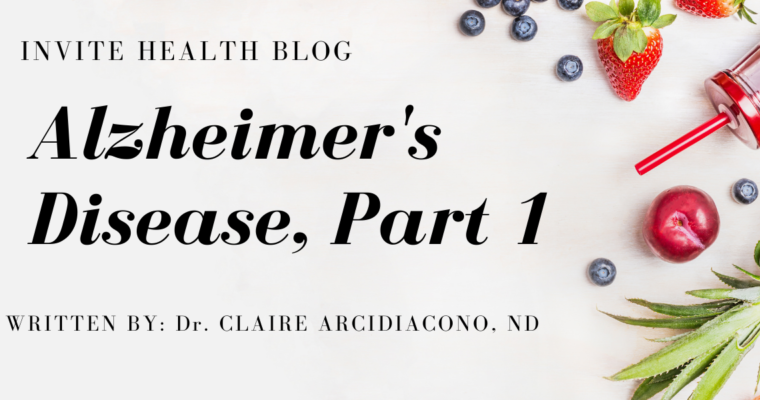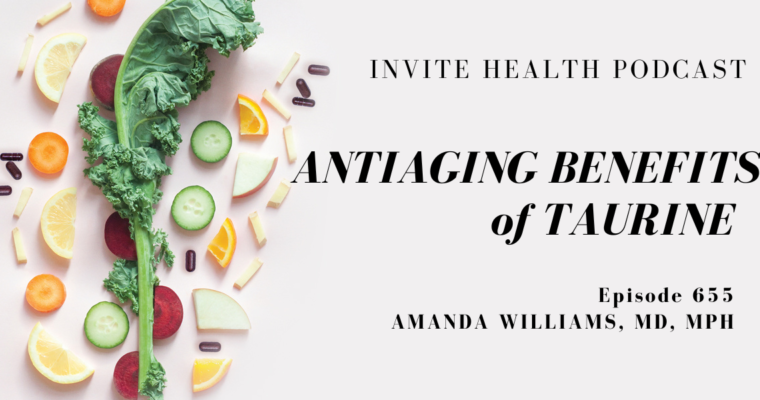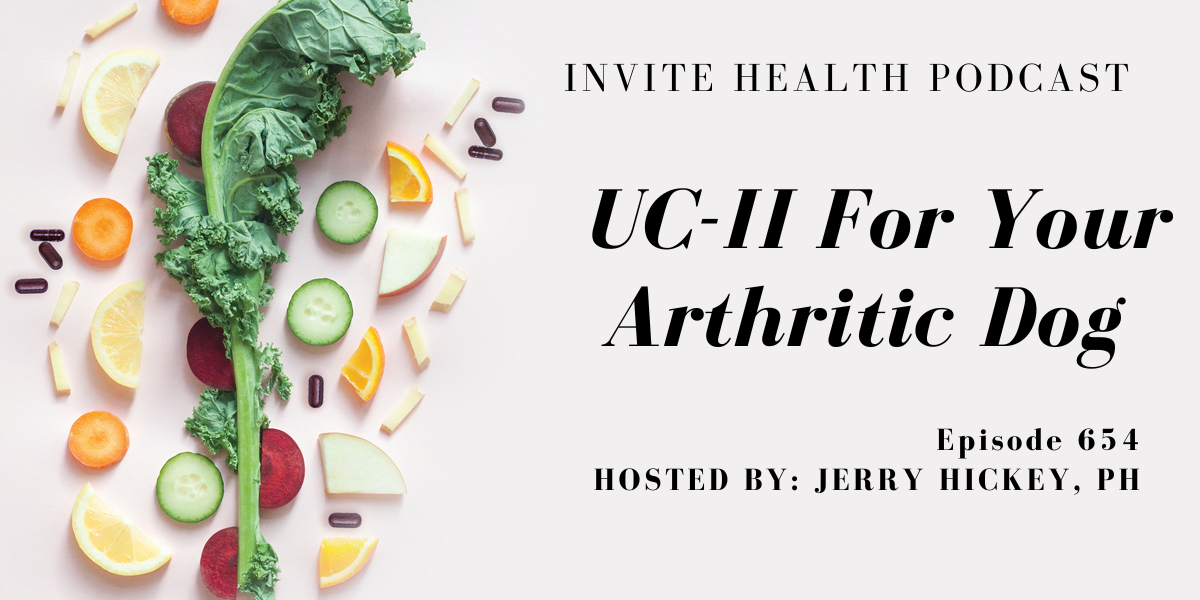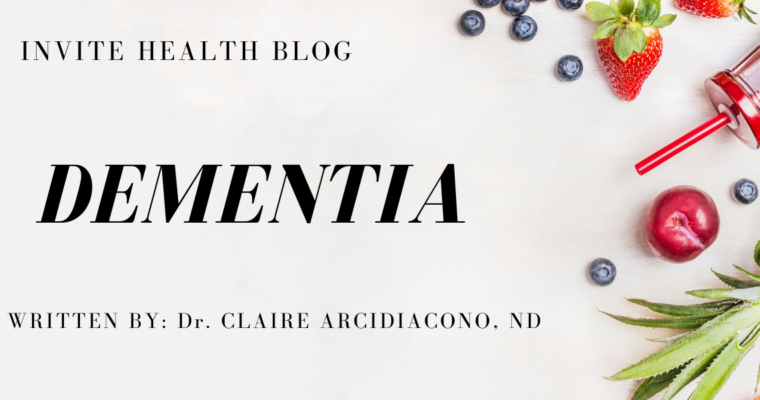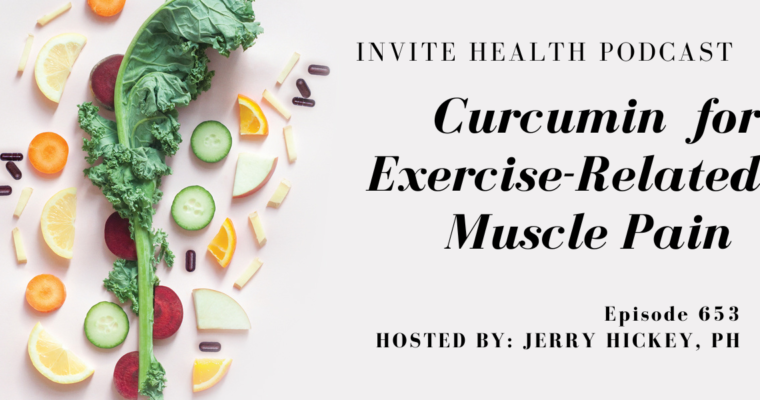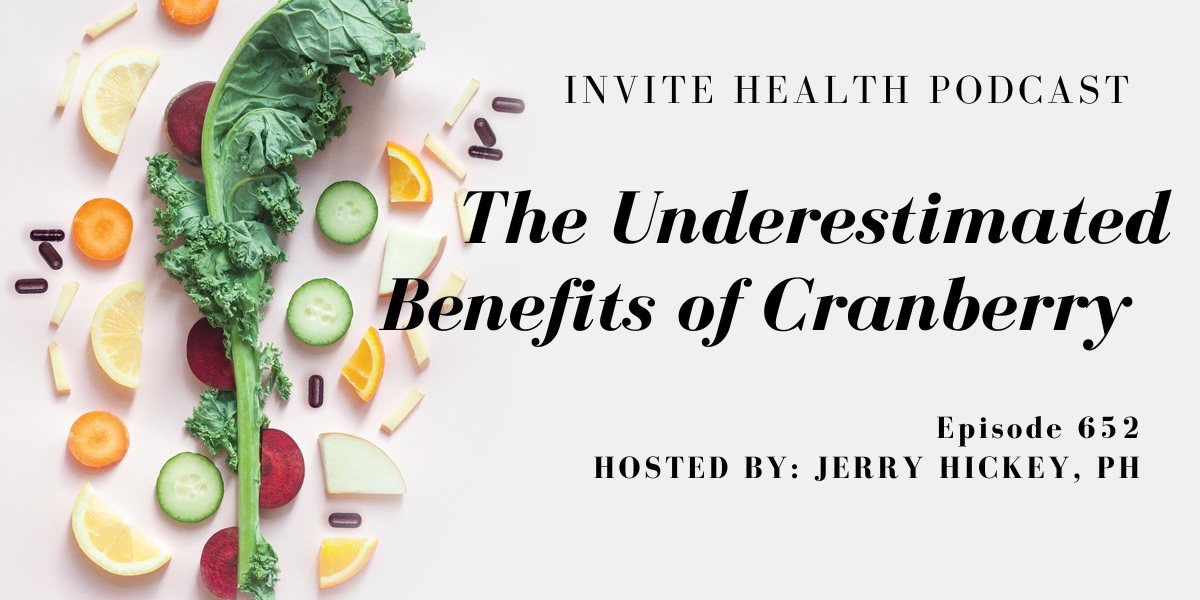Subscribe Today!
Please see below for a complete transcript of this episode.
UC-II FOR YOUR ARTHRITIC DOG, INVITE HEALTH PODCAST, EPISODE 654
Hosted by Jerry Hickey, PH

*Intro Music*
InViteⓇ Health Podcast Intro: [00:00:04] Welcome to the InViteⓇ Health Podcast, where our degreed health care professionals are excited to offer you the most important health and wellness information you need to make informed choices about your health. You can learn more about the products discussed in each of these episodes and all that Invite health has to offer at, www.invitehealth.com/podcast. First time customers can use promo code podcast at checkout for an additional 15% off your first purchase. Let’s get started. † [00:00:34]
*Intro Music*
Jerry Hickey, Ph: [00:00:41] Hi. Good morning. My name’s Jerry Hickey, I’m a licensed pharmacist. I’m a specialist in nutrition, and for years I’ve been using a product called UC-II. I’ll get right to it because I have a little bit of osteoarthritis in my left knee, and it really has stabilized it magnificently. I have zero pain. I’ll give you a little history on my pain. My wife and I were living in Manhattan, and it was a lot of fun. I have to tell you, we used to take these wonderful walks on Saturdays and Sundays. Saturday, I do my radio program, and after that I’d meet my wife down by the radio station and we would walk around the southern part of Manhattan, you know, down by the village and Soho and all that. And it would be miles, and all of a sudden, at one point, very quickly, it seemed to happen, I couldn’t walk that far. I could only like do a mile and I’d have pretty bad knee pain. I mean, even just stepping off the curb to go on to the street or stepping up onto the curb, it hurt. So, we moved for reasons particularly to be near my two sons. We moved out to Long Island, and we moved in close proximity to my two sons, which has been great. And when I bought a house out in a place called Westbury, just walking up the stairs was killing me. Oh, it was terrible, I had to hold on to the banister, walking down the stairs, I had to hold onto the banister to stabilize myself, that’s how bad the pain was. In any event, around the same time I bought the house, this stuff came on the market. It’s called UC-II, and what it is, it’s cartilage from chicken, from the rooster’s coxcomb, it’s standardized cartilage and it supplies a small amount of undenatured type two collagen. And there had been a number of studies on this ingredient for years, there were studies on, and it looked really good. I mean these were like the University of Massachusetts, University of Connecticut, the University of California, Davis. So, a lot of dependable academic research institutions were investigating this ingredient and getting good results. And there was also a great deal of interest in the in the veterinary world for this ingredient because it’s extremely safe. It’s 1,000,000% made in America. It’s nontoxic, it’s very safe, and it really works. So, in any event, I started taking this ingredient, and within the first week, I noticed that stepping off the curb, I was walking my two dogs, stepping off the curb, didn’t hurt. By the second weekend to it, I could go to the gym and stand and lift barbells and dumbbells and not have pain. It’s not like I was doing squats or anything, I couldn’t, yeah, I wasn’t set up for that. I never did squats anyway. I don’t I don’t like squats, but, you know, lifting weights was fine and walking, I could walk a mile with my two dogs and have zero pain. So, it was pretty amazing. But it was about the fourth weekend to it, it was actually the 28th day into it and I realized I was running up and down the stairs with zero pain. I was bringing some decorations up to my two sons’ bedrooms, you know, some lamps and stuff. My two sons are older, but they would visit me and stay with me for a while. In fact, one kid moved in with me for like two years, which was fine. I loved it, to be honest with you, he is a good friend. You know, eventually your son’s become your friend. In any event, I noticed that, like, it was my third trip up the stairs, and I was kind of like, running up the stairs without pain. So, it worked for me. † [00:04:28]
[00:04:30] And I started looking at the research on animals because we have a lot of clients and some of them have these older golden retrievers and these big dogs that are a little bit lame. They’re having pain, and it was working on these dogs because I had investigated this product for the dog. So that’s actually the theme of this podcast episode today. UC-II for your arthritic dog and it’s really safe. That’s the title, “UC-II, for your arthritic dog.” In any event, my name is Jerry Hickey. Like I said, I’m a licensed pharmacist and chief scientific officer over here at Invite Health. You can find all of our podcasts for free wherever you listen to podcasts, or just go to, invitehealth.com/podcast. There are hundreds of hundreds of these done by different health professionals. You can also find Invite on Facebook, Twitter and Instagram at Invite Health. Now, all of the information on today’s podcast is explained in the podcast description. So, let’s talk about some of these studies on this ingredient for animals. Now, this first study for animals is actually in the journal Animals. How apropos is that? It’s from February 27th of this year. So, it’s very new, it’s very new. In any event, this is a meta-analysis, a meta-analysis. I’ve explained in previous podcast episodes. They take reliable studies, studies that are well-designed and well-reported and lacking bias, and they put them together because this gives you a lot more people and a lot more researchers. So, it’s a more powerful indication that something works, or it doesn’t work. And if one of these meta-analyses are performed properly, it really tells you something works or not. Now, here’s the thing, usually a meta-analysis takes away from the power of a drug or a diet or an exercise or a nutritional supplement or a vitamin. So, when you get results in a meta-analysis and it’s positive, it really is positive. So, it’s the journal Animals, it’s February 27 of this year. Researchers in Spain collated the data. They found 14 really reliable studies on animals and a type two collagen really reduced pain from osteoarthritis. So let me explain what that is before we go back into the study. Osteoarthritis is that wear and tear, one that most people get like in typically in their knee, but it can also typically occur in the hip. It can occur in any joint, you know, can occur in the shoulder or the fingers, but it’s typically the knee or the hip, that’s the most common arthritis by far, affects 70 or more percent of all arthritis cases are osteoarthritis. So, it improved their lameness, it improved their general state. They could walk further, they could walk faster, they can have fun. They were wagging their tails. It increased their level of physical activity. So, you know, they were a lot easier for them to maybe go for a Frisbee or chase a ball or just get outside the backyard and just go all around and do that rooting and digging that they like to do. It improved their mobility, what you’re looking for. And like I said, it improved their lameness. And here’s the researchers, the veteran veterinary researcher said that this stuff it’s called UC-II, is a valid option and it’s safe. So, it’s a valid option for animals with arthritis. It’s been studied as far as I know, in just three animals that’s been studied in horses and it worked, but of course horses are huge, you have to give them a big dosage. And it worked in dogs, and it worked in cats, and it was very safe. † [00:08:12]
[00:08:13] Now, here’s an interesting study because they’re comparing the UC-II, to a NSAID, an NSAID is an abbreviation, it stands for non-steroidal anti-inflammatory drugs. So, non-steroidal anti-inflammatory drugs, would include aspirin, Advil and Motrin and Nuprin, which are Ibuprofen, Aleve, which is naproxen sodium, Celebrex, which is celecoxib. So, there’s like 20 or 30 drugs. The problem with most of those drugs, some of them burn holes in your stomach. Many of them can trigger high blood pressure and even strokes, heart attacks, heart failure, kidney damage. They can trigger asthmatic attacks, some of these drugs. They are implicated in hearing problems like tinnitus, ringing in the ears and they’re also implicated in a little bit of toxicity to the eye, increasing the risk of developing cataracts. Now, like my mother has spinal pain and her doctor told her, you can’t use these drugs because they’ll raise your blood pressure. I’m not talking about aspirin, that doesn’t raise your blood pressure. But drugs like Advil and Celebrex, which are commonly prescribed like their candy. So, in this case, they’re comparing the UC-II, undenature type two collagen, to celecoxib, which is a NSAID. And this is in Italy, they use this drug in Italy, in a veterinary setting. So, this story is similar to Advil, Aleve, where it’s more similar to Celebrex, which is celecoxib. So, it’s a 30-day study in 76 dogs with arthritis, osteoarthritis, you know, not the autoimmune arthritis like rheumatoid arthritis or psoriatic arthritis or lupus arthritis, and not the spinal arthritis. So, it’s just a regular like arthritis they’d get like, you know, in their knees and their mobility in 30 days significantly improved in both groups. So, the drug worked. The UC-II worked. If you added them together, it was a very powerful result. So, if you, if they had arthritis bad enough that they needed a drug, if you added the UC-II on top of the drug, it was very powerful. It was very powerful. So, both of them worked. The results from the UC-II, was similar to the drug, in results and adding UC-II to the drug was better than using either agent alone, using UC-II alone or using a drug alone. So, that’s pretty amazing. At Four Rivers Kennel, is an interesting place, it’s in Walker, Missouri, and Four Rivers Kennel was founded, I think, in the 1990s to research nutrition in dogs because nobody was really doing it in the 1980s and 1990s. They weren’t doing a good enough job. So, to research food and nutrition and vitamins and minerals and stuff in dogs specifically, by the way, in Golden Retrievers, it was specific for golden retrievers, but it’s going to be the same for dogs in general. So, these are researchers in Walker, Missouri, at the Four Rivers Kennel. They published a study in Translational Animal Science on August 27, 2022, so it’s a very recent study. Now the dogs are free to run on about 180 acres. So, these dogs, it’s a rural setting in Missouri, it’s like a big ranch. So, they’re looking at the best food and nutrition, so, here they’re concerned because these dogs can have arthritis and they don’t want to give them drugs. So, they’re looking for a valid option. So, they gave them UC-II, and it improved their pain. These are otherwise healthy dogs, but they’re getting a lot of exercise on these 180 acres. So, some of them are older, they are starting to get a little arthritis. So, they you know, it’s interesting because they did a similar study in humans. People didn’t have arthritis, but when they went to the gym, they had knee pain, but the doctors could not find arthritis. And when they gave them, UC-II going to the gym, the knee pain went away in weeks. So, you know, that was interesting. I’m wondering if it could prevent arthritis. I don’t see why it wouldn’t, because it reduces inflammation in the knee. And that, of course, would help prevent by heading off the damage that can lead to what they can contribute to arthritis. † [00:12:38]
DON’T ACCEPT CHRONIC PAIN AS NORMAL, BIOCURCUMIN AND 5-LOXIN CAN HELP. INVITE HEALTH PODCAST, EPISODE 628>>LISTEN NOW!
[00:12:40] Now, Murray State University in Kentucky has the Breathitt Veterinary center. It’s a very famous veterinary center. They do a lot of research there. So, looking at dogs with arthritis, now, they’ve done a number of studies using UC-II at the Breathitt Veterinary center at Murray State University in Kentucky, because they’re into animal husbandry and everything like that, agriculture. So, they’re looking at pain in dogs with arthritis and they gave them the UC-II, now we have UC-II in a product called Cartilage Hx, it’s a great product. They’re looking at the UC-II alone or along with glucosamine contributing or a placebo, placebo is a fake pill. But it’s interesting that you give a dog placebo. A dog doesn’t know it’s getting medicine. I would think, maybe after time they would know, you know, maybe they could reason to that. Dogs are a lot smarter than we think they are. So, they give them either UC-II alone or they’re giving them the UC-II alone with glucosamine chondroitin, or they’re giving them glucosamine chondroitin alone or they’re giving them a placebo. So, they really did their due diligence, they really designed a great study, it’s over 120 days. Now, UC-II really reduced pain by a third, within the first month, a third reduced pain. And then they look at pain upon manipulation like the veterinarian is moving the limb that was reduced by two thirds, that’s amazing. That’s a really good result. But that was over eight weeks. Lameness improved by almost half by eight weeks, lameness improved by almost half. So, there was a real improvement there. But here’s the thing, it was 120-day study, this is 60 days into the study. The improvement continued to get better, they continued to have less pain and better mobility over the next two months. So, not only had they improved in the first month and improved even more by the second month, but it got better and better and better. So, at the end of the four months, at the end of the 120 days, pain was reduced by 62% without giving a drug. Now pain reduction with manipulation was reduced by 91%, lameness decreased by 80%. UC-II was superior to glucosamine chondroitin by far. I mean, it was like three times better than glucosamine chondroitin. Glucosamine Chondroitin can help with minor, mild pain, mild, moderate pain. The UC-II even helps with severe pain, apparently. So, the UC-II is far superior to glucosamine chondroitin, adding glucosamine chondroitin didn’t really help the UC-II do any better. So, if you’re going to use UC-II, is it smart to add the glucosamine chondroitin? It’s still worthwhile because glucosamine chondroitin gets incorporated into the joint. So, even though it won’t reduce pain further, it is part of the makeup of the joint tissue. So, it’s not a bad idea to give a little bit of glucosamine chondroitin. Now to supplement was extremely safe. Here’s the thing, they stopped a supplement to see what would happen, with a month, within a month, the symptoms came back within a month. They were in pain, they were having problems with mobility, the lameness came back, the pain upon being examined by a veterinarian doctor came back. So, the UC-II, two definitely had a profound effect. † [00:16:27]
ICYMI:CURCUMIN FOR EXERCISE-RELATED MUSCLE PAIN, INVITE HEALTH PODCAST, EPISODE 653>>LISTEN NOW!
[00:16:28] Now, I’ve prescribed it to a number of our clients with dogs, with arthritis. Oddly, some of these dogs were smaller. I remember one guy had a Boston terrier. I mean, I never expected a dog that small to get arthritis, but it had it, it really helped these dogs, and it was easier to give them. They would take the UC-II, and just mixing it into their chow. So, they didn’t even have to stick one capsule down their throat because that’s the beauty of UC-II, I mean, I use them myself. I take one capsule in the morning. You could take it either with food or without. It won’t matter, it won’t affect it; it’s going to work. So, if you have a dog or a cat or even a horse, but a horse, you have to give a big dosage to, that’s a whole different thing. There are studies showing it’s safe in these animals and it’s really effective for their lameness and their pain and improving their mobility and their ability to get out there and have a little bit of fun and be a dog or a cat again. So, in any event, I want to thank you for listening today. My name is Jerry Hickey, I’m the nutritional pharmacist, licensed pharmacist and senior scientific officer over here at Invite Health. I want to thank you for listening. Like I said before, all of the invite podcasts you can get for free any place you listen to podcasts or just go to invitehealth.com/podcast. Please leave a review and subscribe, they ask me to say that. I always feel awkward saying that, but yeah, what can I tell you? And I’m sure if you like it, you’re going to subscribe anyway. So, the thing is, but the review would be cool. I’d like to see that. And you can also find Invite on Facebook, Twitter and Instagram at Invite Health. Thanks for listening. Have a great day. Jerry Hickey signing off. † [00:16:28]
*Exit Music*


